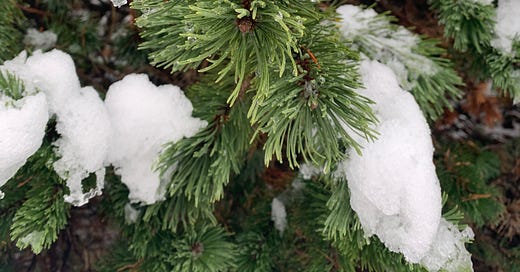Welcome to February and Happy Imbolc!
There’s about a foot of fresh snow on the fence that separates us from our neighbour and their bird feeder. Two plump, red-breasted robins squabble at the entrance of the feeder. They have the attention of another neighbor’s sleek Bengal cat but they’re too busy jostling for position to care.
The Cailleach refuses …
Keep reading with a 7-day free trial
Subscribe to Astrology with Yolanda to keep reading this post and get 7 days of free access to the full post archives.




